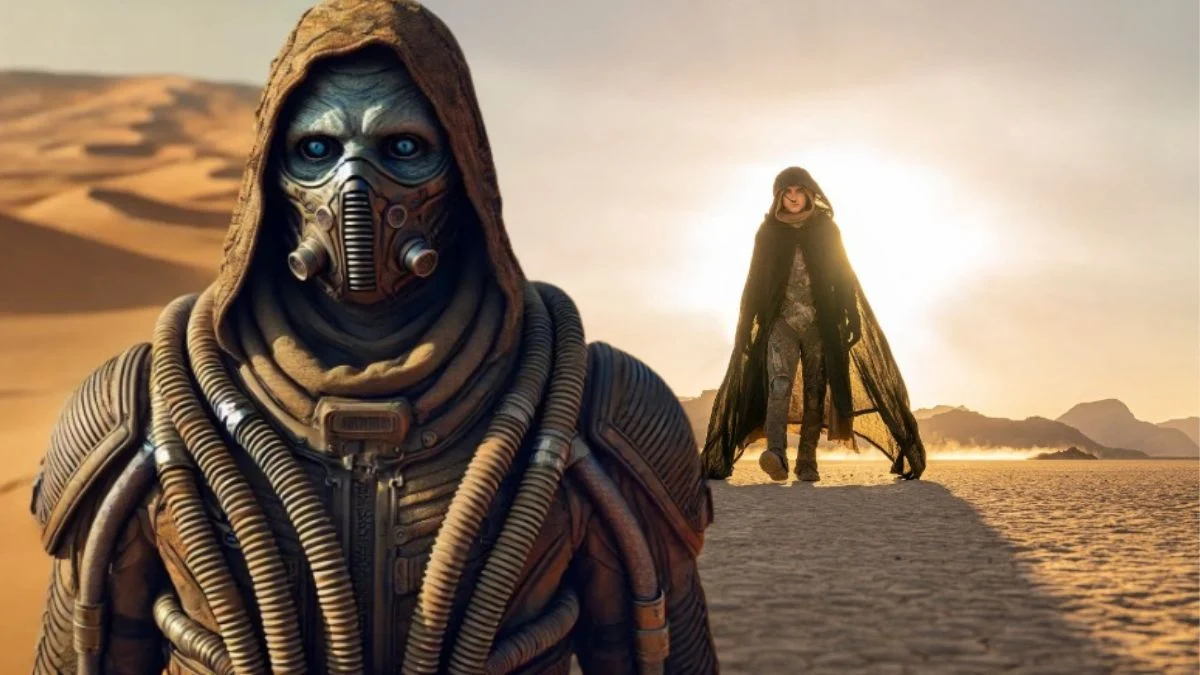
Even seeing ‘Dune 2’ on a massive screen doesn’t fully reveal everything that went into making it such an impressive film. The production team used a combination of creative filming techniques, hidden appearances by well-known actors, real sets, a powerful score, and meticulous attention to detail to create the world of Arrakis and its conflicts.
These aren’t hidden secrets – they’re the practical details of how the movie was created and shown to audiences. If you’re curious about things like where the sand in the film came from, what made certain scenes unique, and how the actors prepared, this list explains everything in an easy-to-understand way.
The Giedi Prime sequences used an infrared approach
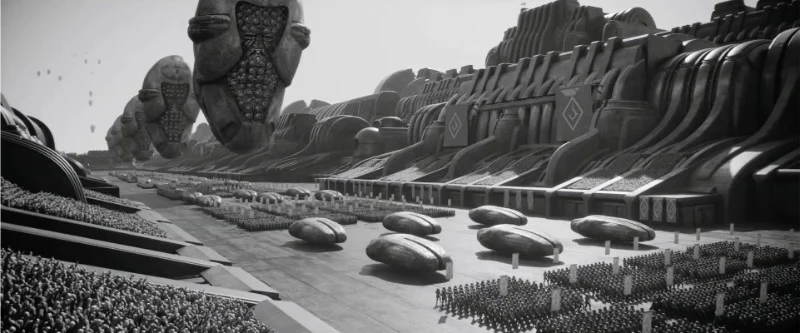
As a film buff, I was really struck by how they shot the scenes on Giedi Prime. They used a black and white camera that could ‘see’ infrared light, which gave everything this incredibly high-contrast look. It made skin and clothing react to the light in a really unique way. What’s cool is they achieved that stark, alien feel of the Harkonnen homeworld practically – with the camera itself – instead of relying on a ton of digital effects.
The team ran tests to find the best lighting and materials for filming. Makeup and costume designers tweaked their colors to ensure everything looked right on camera. This created a unified and consistent look for the planet’s environments, both inside buildings and in large outdoor scenes.
Full scale sandworm segments were built for the desert
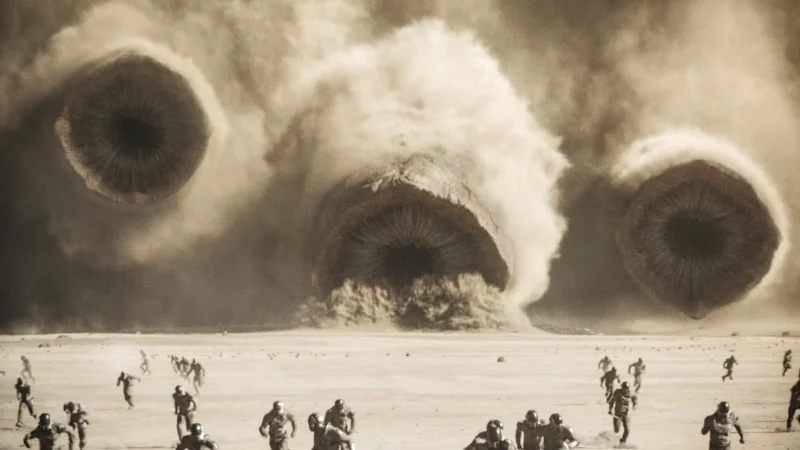
The team built large, realistic sections of a sandworm to support the actors and camera equipment. These sections gave the performers actual surfaces to interact with during rides and stunts, allowing the stunt team to create more believable and impactful action sequences.
The special effects team built equipment to carefully control the movement and release of sand. The art and props teams created detailed, layered surfaces that would look good in close-up shots. These physical sets were combined with computer-generated imagery to create complete shots, especially when showing full bodies in wider scenes.
The stillsuits were redesigned for mobility
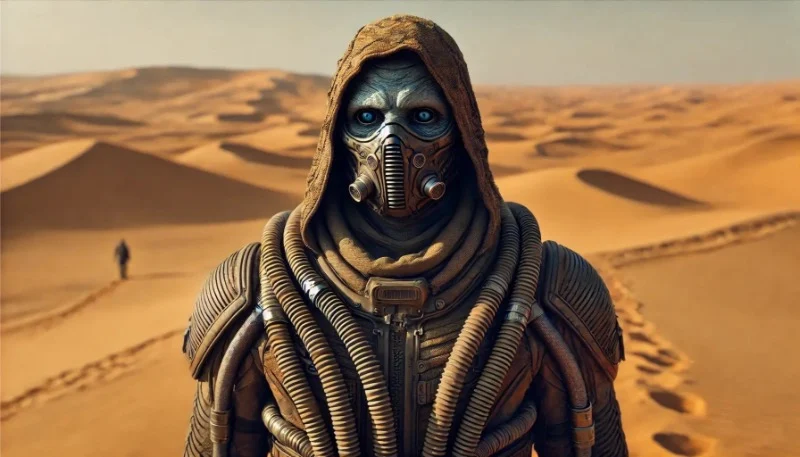
The costume designers improved the stillsuit design to allow for greater flexibility during action scenes like running, climbing, and riding. They adjusted the panels and seams so performers could comfortably wear harnesses underneath without adding extra bulk. The fabrics were chosen to be both breathable for filming in the desert and strong enough to withstand repeated stunts.
The costume department created several versions of each suit to fit the needs of different scenes. Lighter suits were used for conversations, while stronger, more durable suits were used for action sequences and scenes involving wires. They also kept extra suits that looked worn and dirty to ensure the costumes matched the setting in rougher parts of the story.
The production returned to real deserts for Arrakis
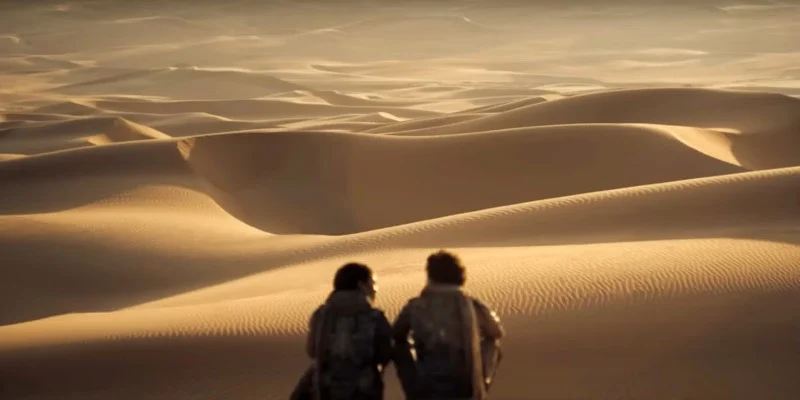
Filming the Arrakis scenes outdoors took place in actual deserts, emphasizing vast landscapes and uniform sand. The film crew planned shooting times around the natural winds to ensure clear shots of the dunes and to safeguard their equipment. Local teams provided essential support like transportation, shade, and dust management, helping to maintain a safe working environment on set.
Filming took place both on soundstages for detailed sets and outdoors to get wide shots of desert landscapes. This allowed the crew to seamlessly combine real outdoor footage with controlled indoor sets. The result was consistent lighting and a safe surface for the actors during action sequences.
Hans Zimmer wrote new themes to expand the sound of Arrakis
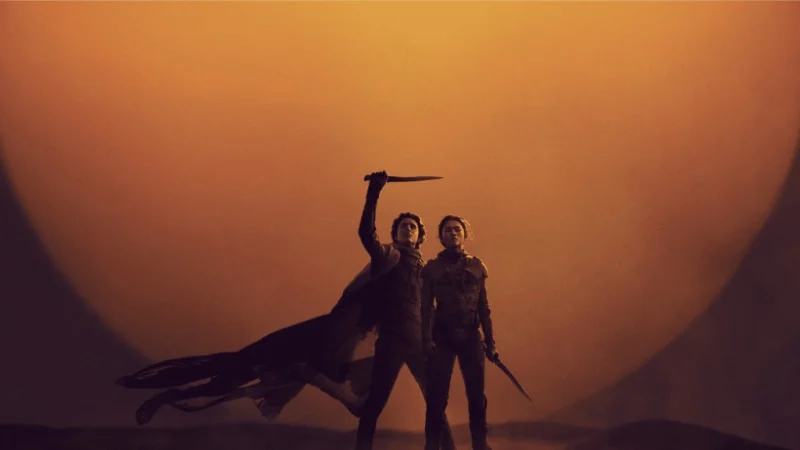
The composer revisited familiar musical themes from the original film and introduced new melodies inspired by the Fremen people and the growing tension in the story. The music combines voices, powerful drumming, and a wide range of wind instruments to create a deep, rhythmic pulse that underscores both action-packed battles and the vastness of the desert landscapes.
The recording process included both grand orchestral pieces and delicate sounds for dream sequences and softer moments. The sound team carefully balanced the music with the film’s sound effects – like sandstorms and machines – ensuring the dialogue remained clear. This approach enhances the film’s epic feel while still allowing the audience to connect with the characters.
There was a secret cameo connected to the Atreides line

A surprising character appearance connects to Paul’s prophetic visions and what’s to come for House Atreides. To keep it a secret, the role wasn’t mentioned in early promotional materials, and filming was done with a small crew. This ensured the reveal happened when the movie came out, without any spoilers beforehand.
The brief appearances from other characters were woven into the movie using dreamlike visions and skillful editing. The costumes and overall design clearly connected these scenes to the Atreides family and their world. The colors and lighting were adjusted to match the film’s surreal style, differentiating them from scenes set on other planets.
The gladiator arena was planned around stunt safety first
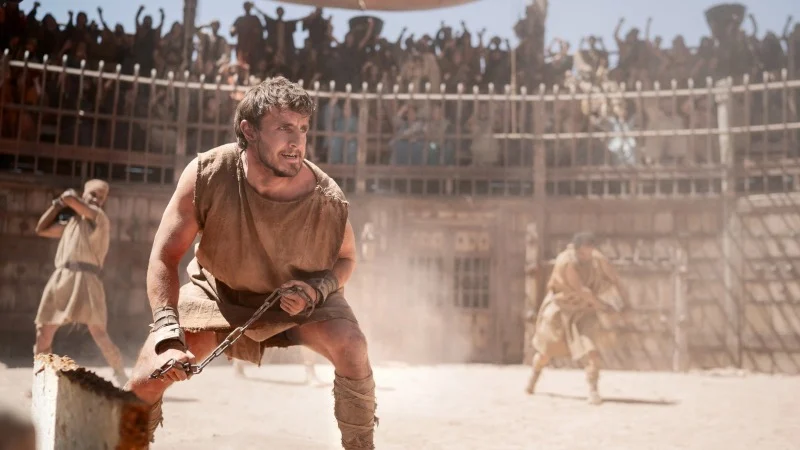
The arena set for House Harkonnen was carefully designed with safety in mind, including padded landing areas, secure attachment points, and unobstructed pathways for the camera crew. Before filming on the final set, stunt teams practiced each move with foam replicas to ensure performers could execute fast-paced, impactful action safely.
The fight choreography featured both large, sweeping movements and fast-paced hand-to-hand combat that was easy to follow even from far away. They created different versions of the weapons – lighter ones for practice and heavier ones for filming. Soft, rubber weapons were used for any physical contact, while realistic metal versions were used for detailed close-up shots and to capture authentic sounds.
The film expanded its IMAX footprint across key action
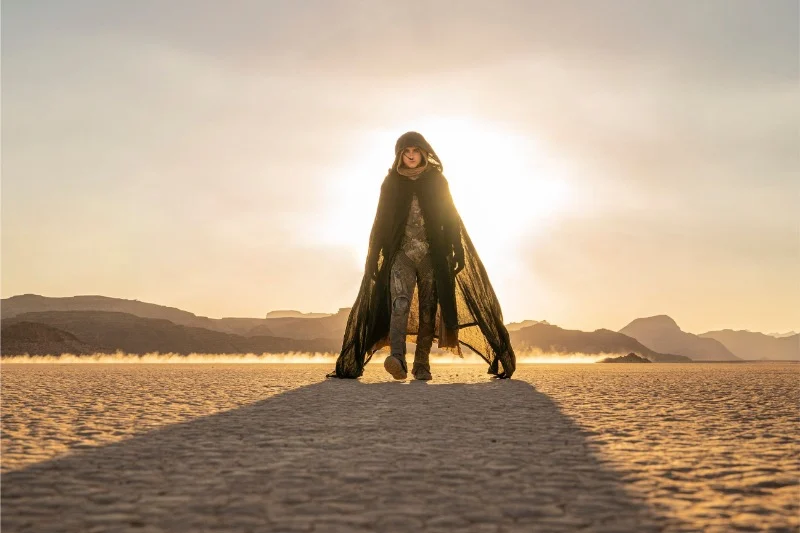
During the early stages of filmmaking, we carefully planned the visuals to take full advantage of large screens like IMAX. This included building sets and positioning cameras to fill the height of the frame, and designing action sequences and aerial views with open compositions. This careful planning minimized the need to crop shots for different screen sizes and ensured the locations remained clear and easy to follow.
Teams created versions of the film with different shapes to suit various screens. This process made sure the sound and visual effects perfectly matched the wider picture. The result was that viewers saw more of the action during exciting scenes, while still maintaining a normal viewing experience in traditional cinemas.
The release moved dates due to industry strikes
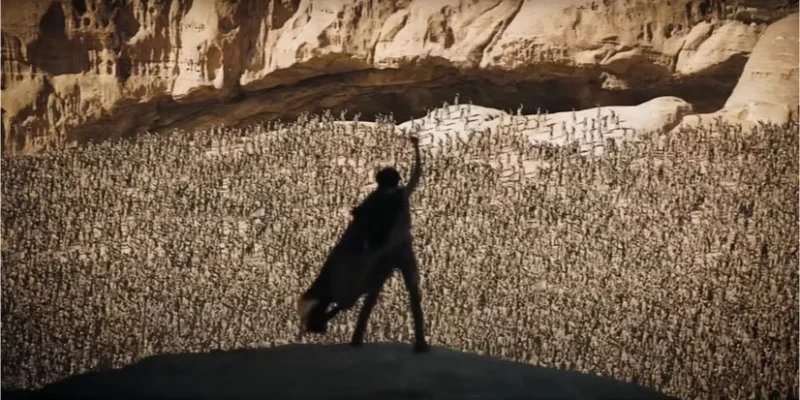
The movie’s release date was moved from late in the year to the spring because of labor disputes in the film industry. This change let the actors promote the film once those issues were resolved, and it allowed theaters to show the film in premium formats over a longer period.
The marketing team updated the release of trailers and outdoor advertising to align with the revised schedule. They focused on showing the film on high-quality screens first, which helped boost sales of large-format tickets. The release date was also chosen to avoid competing with other major science fiction movies.
Cast training focused on desert movement and blade control
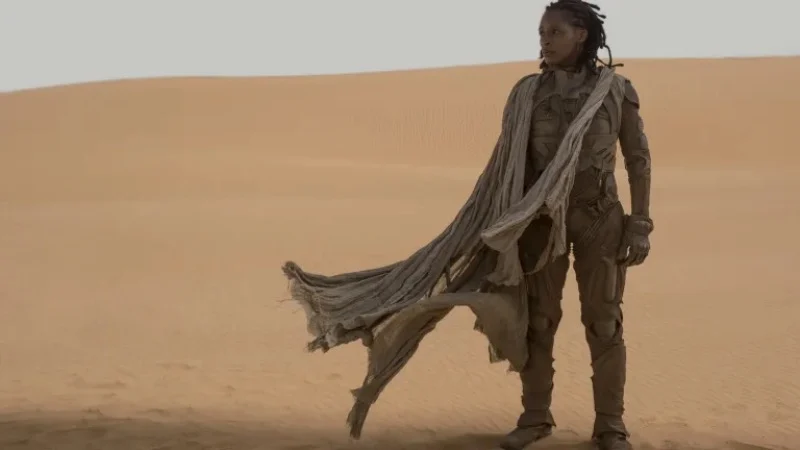
Actors received training in footwork techniques originally developed for moving across sand and unstable terrain. Movement coaches focused on weight distribution to help them move efficiently on soft surfaces. This training is visible when characters run or travel quickly without appearing to struggle or sink into the ground.
Fight choreography focused on quick, precise movements and maintaining safe distances between performers, especially considering the flowing costumes they’d be wearing. Training shifted from indoor gyms to outdoor sand pits to simulate the actual performance environment. This process built a strong sense of timing and prepared the actors for challenging conditions like wind, heat, and wearing multiple layers of clothing and equipment.
Share the one detail that surprised you most in the comments.
Read More
- Silver Rate Forecast
- Gold Rate Forecast
- Красный Октябрь акции прогноз. Цена KROT
- MSCI’s Digital Asset Dilemma: A Tech Wrench in the Works!
- Dogecoin’s Big Yawn: Musk’s X Money Launch Leaves Market Unimpressed 🐕💸
- Bitcoin’s Ballet: Will the Bull Pirouette or Stumble? 💃🐂
- Guardian Wealth Doubles Down on LKQ Stock With $1.8 Million Purchase
- Binance and Botim Money Join Forces: Crypto in the UAE Gets a Boost-Or Does It? 🚀
- Twenty One Capital’s NYSE debut sees 20% fall – What scared investors?
- Monster Hunter Stories 3: Twisted Reflection gets a new Habitat Restoration Trailer
2025-10-13 21:46